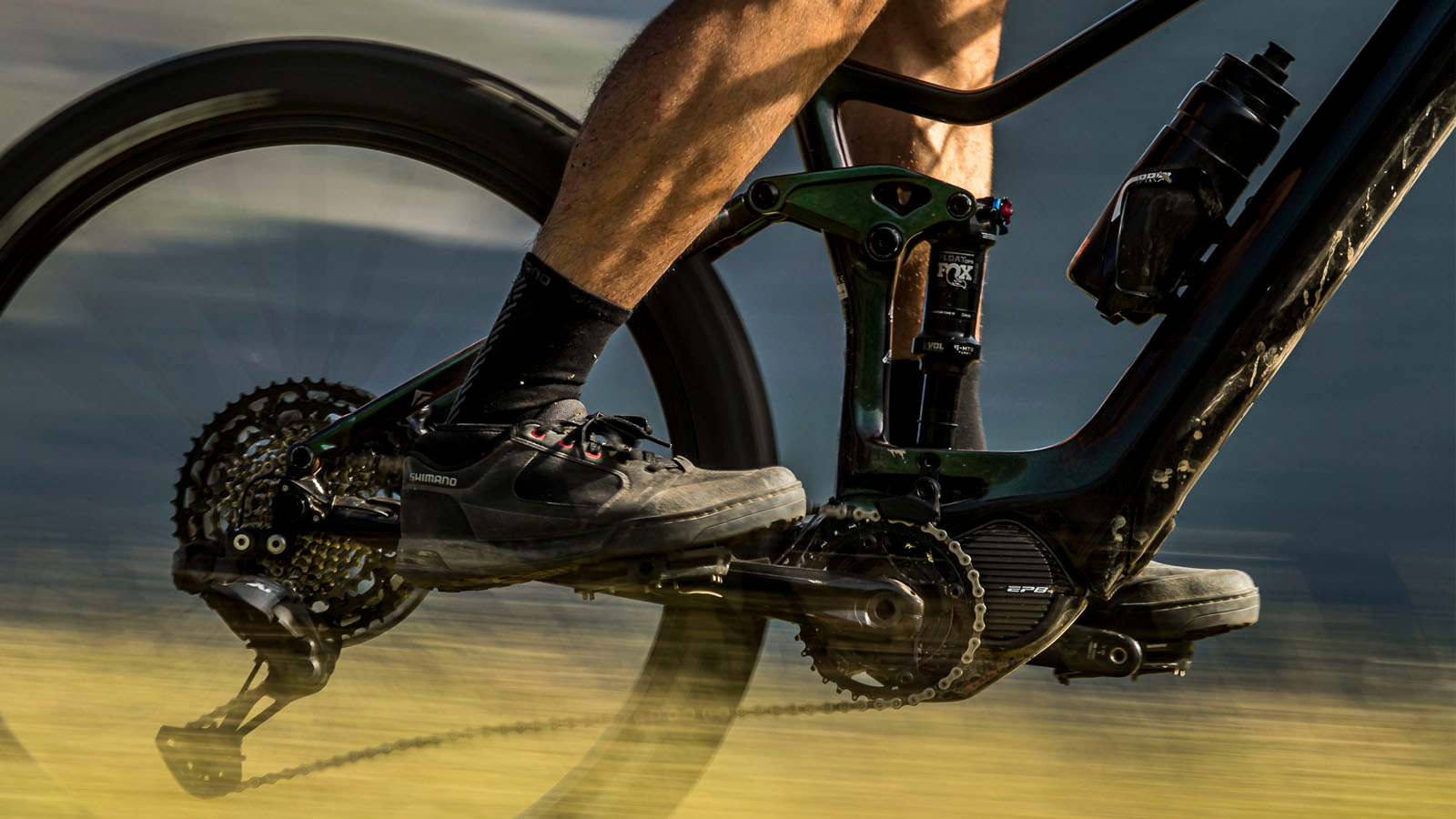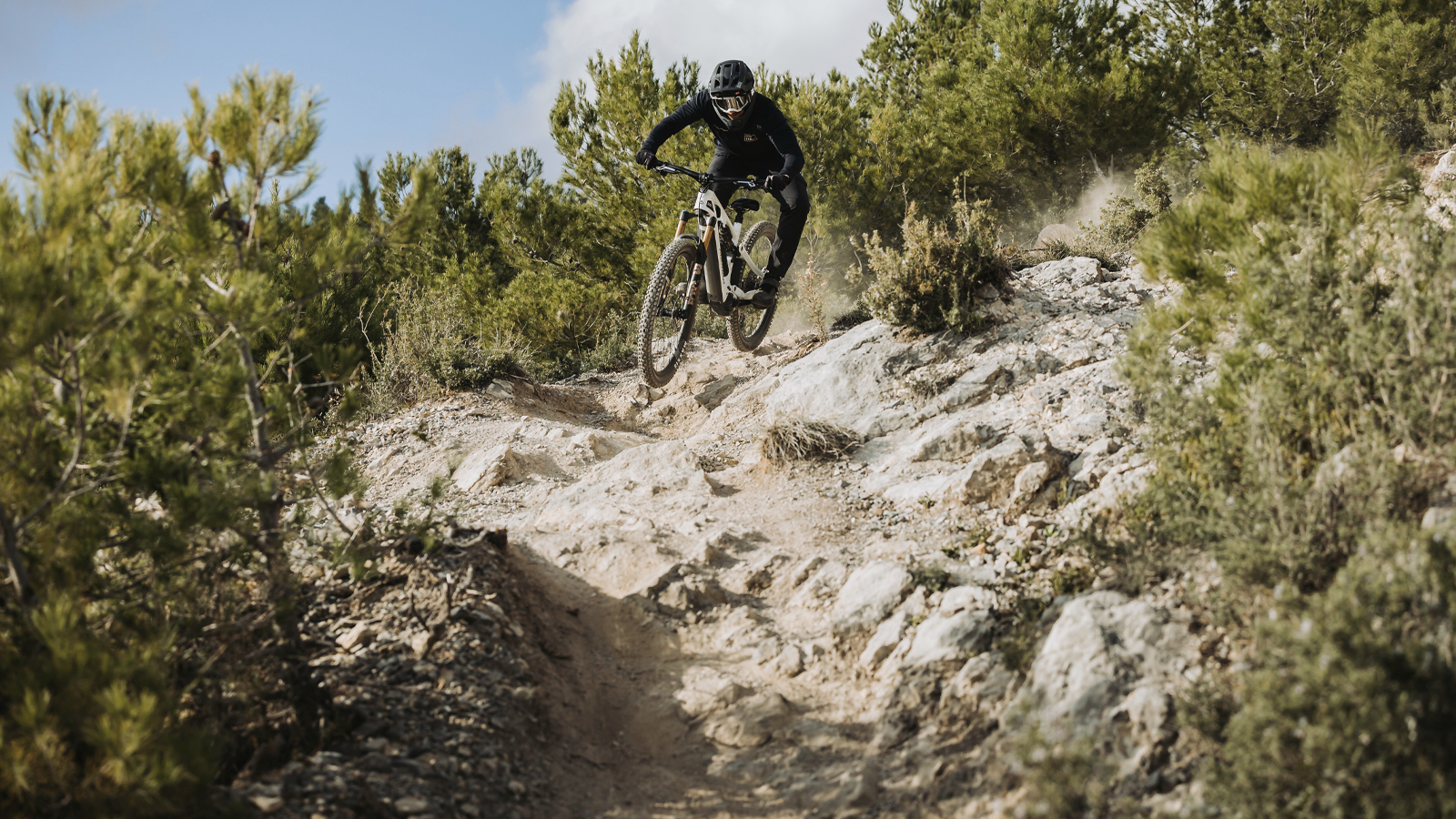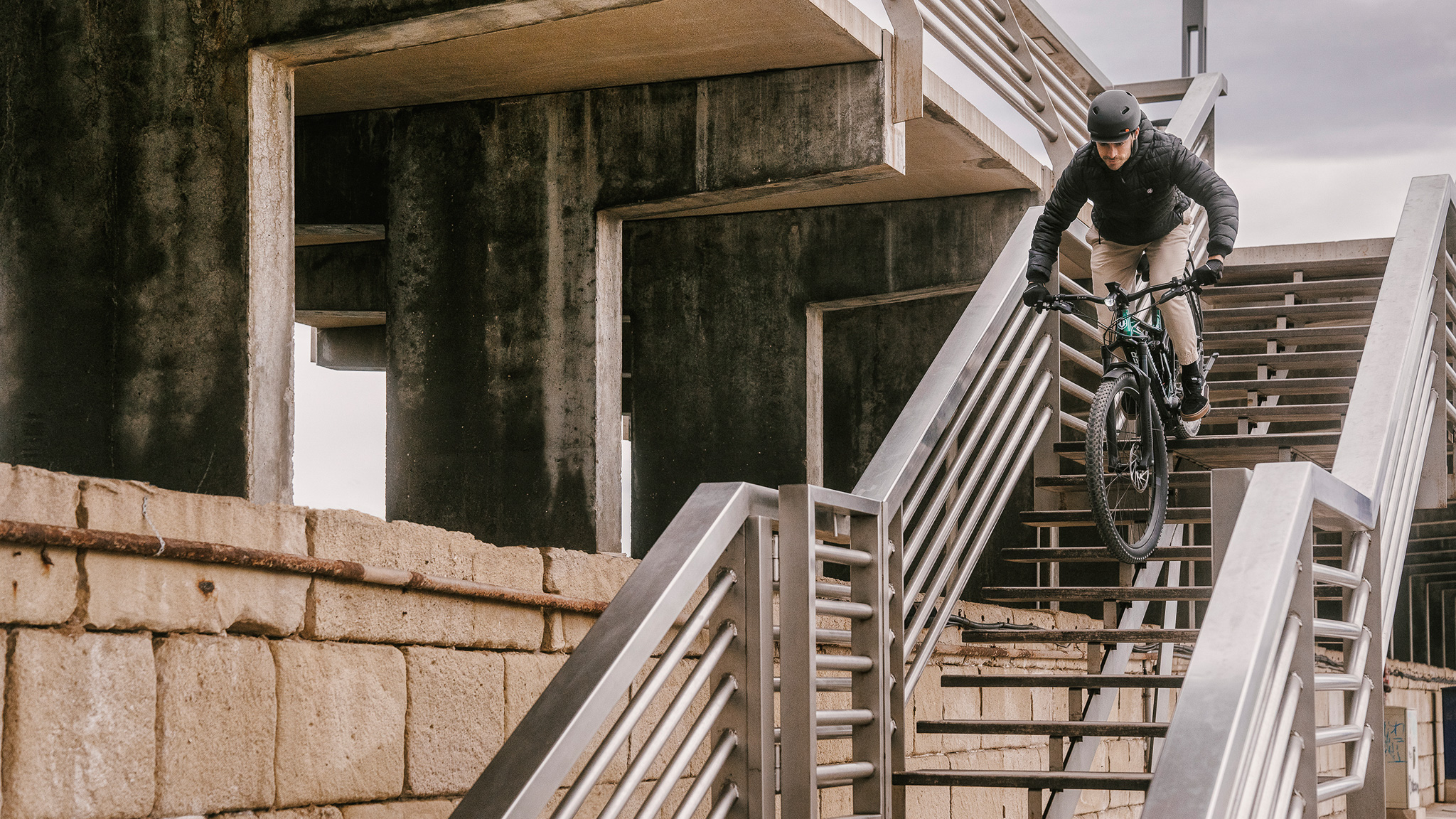
An exclusive report in the Guardian revealed that ministers are to consult on doubling the legal wattage of e-bike motors in the UK. Starting next week, this consultation is potentially huge news for mountain bikers. Equally concerning is that the Department of Transport is also considering another possible change, whereby e-bikes would be allowed to be powered by a throttle rather than the current ‘pedal assist’ model.
It's unclear where the impetus for these changes comes from (business interests, Brexit “freedoms”?), but it doesn’t take a genius to work out that if it happens, the impact for mountain biking could be massive. Nope, we’re not mad keen on the idea of twist-and-go mini motorbikes becoming classified as e-bikes and ripping up MTB trails either.
The two proposed changes are listed on the government’s website and are as follows:
To amend the legal definition of EAPCs, so that the maximum continuous power output of the electric motor is 500 watts instead of 250 watts
To allow ‘twist and go’ EAPCs to have throttle assistance up to 15.5mph (25km/h) without the need for type approval
This all means that if ministers agree, e-MTB motors could potentially be twice as powerful as they are now and Sur-Ron style bikes would be reclassified as e-bikes and become road (and, crucially for us) mountain bike trail legal. There are no changes proposed to the maximum current speed limit of 25km/h, but with many current e-bikers risking chipping or tampering with software to override speed limitation and warranties on demand, it’s clear we could have some big problems if folk are to be bombing round on machines twice as powerful. And that’s before any potential for losing the ‘pedal cycle’ rather than ‘motorized vehicle’ designation, plus likely fresh calls for e-bike registration and insurance down the road.

Current laws across Europe sees e-bike motors currently capped at 250W ‘continuous power’, but this figure is something that’s not precisely classified and most manufacturers' drive units already pump out more than double that in the most powerful modes. According to MBR.co.uk, many full-fat e-bike motors already output between 600-700W of peak power. The current law only states that the motor must be capable of continuous output of 250W without overheating and maintaining a consistent level of performance, rather than generating extra power in shorter bursts.
With acceleration set to rocket with double the power and even bigger batteries required, new legislation could mean some seriously heavy machinery lapping local trails in record time. Not great for the environment or extra fire risk, or even the risk of being run over or rutted out by a balaclava-wearing twist-and-go electric motocross biker. With the proposed changes, even ‘normal’ e-bikes would have well over 1,000W peak power and that’s likely going to do some serious damage.

Looking forward, you don’t need to be a total cynic to see how all this might not play out nicely in our shared public spaces or have a huge negative impact on mountain bike trails. Trails it’s worth noting are already pushed further than ever by a current generation of e-bikers accessing more laps and the steepest fall line tracks in zones less fit and less experienced riders were previously excluded. Unfortunately, these are often the riders inflicting maximum trail wear and tear too.
None of this is a done deal yet though and we’ll have to see how it all plays out when the consultation closes on the 25th April. We have reached out to leading motor manufacturers for comment and whether or not they’ll be submitting their views on the proposed changes. I imagine drive unit brands will have a lot to say about risking e-bike’s designation as a ‘cycle’ not a ‘motor vehicle’. Bosch are currently working on a statement. If you’ve got something to add to the consultation yourself, it’s also open for public response.
We'll have more on this story as the situation develops.







